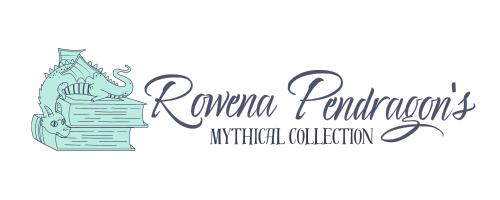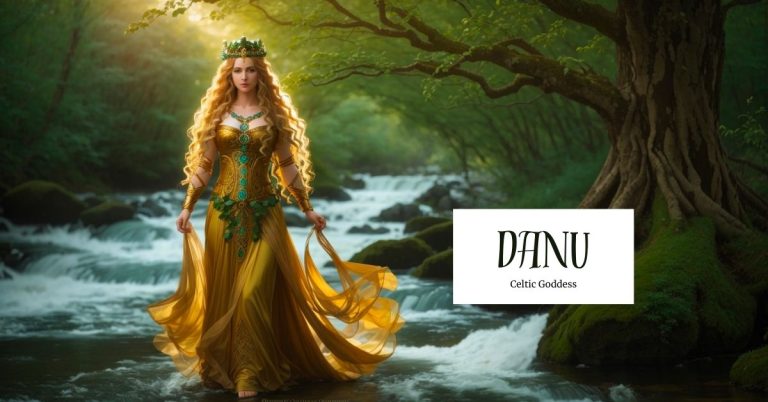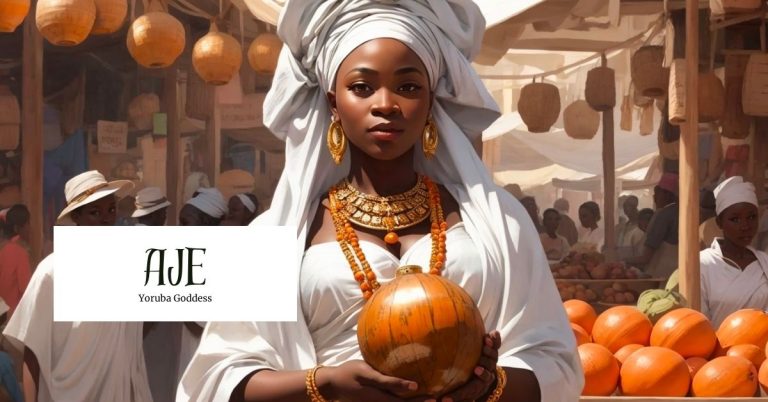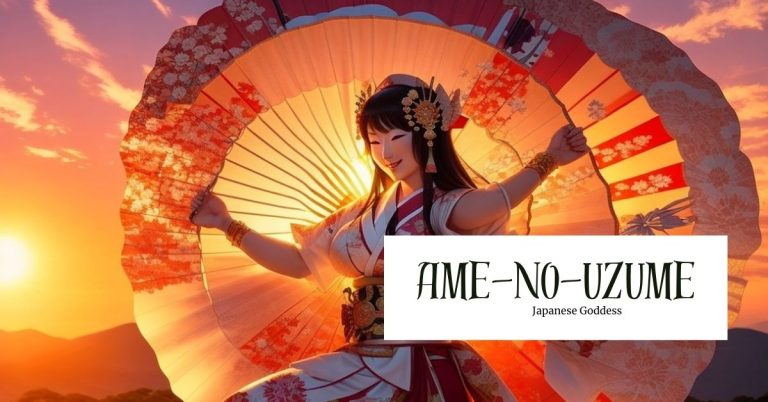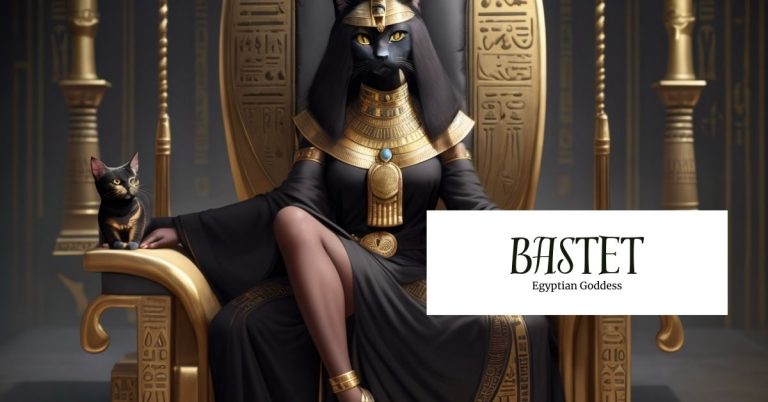Nantosuelta: Goddess of Nature, Earth, Fire, and Fertility
Goddess Nantosuelta is a guardian of the earth, a bestower of fertility, and a symbol of abundance. While the annals of history may offer only fragmented glimpses of her story, Nantosuelta is recognized as a powerful goddess. The origins of Nantosuelta trace her lineage within the Tuatha Dé Danann, the divine race of Celtic lore.
She possesses a wisdom that celebrates the intricate dance of life, death, and renewal. Nantosuelta is depicted in ancient Celtic stones along with her lover, Sucellus. Her symbolism, her stories, and her essence remind us of the sacred bond between humanity and the natural world.
Nantosuelta is unique in her abilities of love and war. She governs two realms that seem to be the opposition of each other. As a goddess of fire, her flames both cleanse and ignite, while her connection to fertility and land, ensures the vitality of the land.
Overview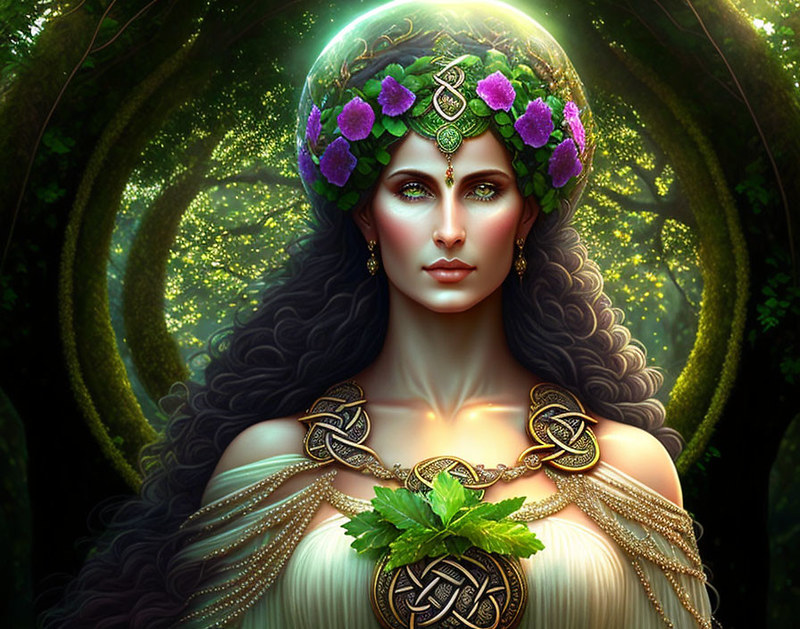
Nantosuelta’s name, which translates to “Winding River” or “Valley Stream,” hints at her deep-rooted association with the land’s life-giving waters and the sustenance they provided to the Celtic peoples. She can be described as an Earth Mother, a guardian of agriculture, and a symbol of the interconnectedness between humans and nature.
Nantosuelta held a protective role over the home and hearth. She safeguarded the well-being of families, ensuring harmony and abundance within households.In several depictions, Nantosuelta is seen in the company of other Celtic deities, notably Sucellus, who is often regarded as her consort. This suggests a dynamic relationship within the pantheon, possibly symbolizing the complementary aspects of nature and its cycles.
Nantosuelta is commonly portrayed holding symbols such as a patera (a shallow ritual dish), a cornucopia overflowing with fruits, and a dove, which may symbolize peace and the interconnectedness of nature. Her imagery emphasizes her nurturing and life-affirming qualities.
Titles
- The Celtic Earth Mother
- Guardian of Hearth and Harvest
- She of the Winding River
- She of the Sun-drenched Valley
Abilities
Perhaps Nantosuelta’s most renowned abilities lie in her association with abundance and fertility. Her presence ensures bountiful harvests, healthy livestock, and the prosperity of families. Those who honor her seek her favor to experience the richness of life’s blessings. Nantosuelta is often associated with the ability to bring about miracles and unexpected blessings. Her influence over the cycles of nature and the fertility of the earth allows her to manifest providence in times of need.
She is the guardian of the intricate balance of ecosystems, maintaining the harmony of forests, rivers, and mountains. Her abilities enable her to nurture and protect the delicate web of life that thrives within her domain. Fire, a potent and transformative element, falls under Nantosuelta’s purview. She governs the sacred flames that symbolize both destruction and rebirth.
Characteristics

Source: World Anvil
In many depictions, Nantosuelta is portrayed with long, flowing hair. Her hair is often unbound, cascading down her back in loose waves. Nantosuelta is frequently adorned with a crown or wreath of flowers. This floral crown symbolizes her role as a fertility goddess. She is also accompanied by or holding a dove.
Nantosuelta is typically depicted wearing flowing robes that resemble the flowing landscapes of nature. Her attire is often adorned with intricate patterns and symbols, emphasizing her connection to the earth’s intricate rhythms and cycles. Her imagery emphasizes her benevolence, nurturing spirit, and her vital role in sustaining the well-being of both the land and its people.
Traits
Goddess Nantosuelta, like many deities in ancient mythologies, is understood and interpreted through her symbolism and the roles she plays in the natural world. Her primary role as a fertility goddess and Earth Mother suggests a nurturing and maternal aspect of her character. She is seen as a giver of blessings, bestowing prosperity, health, and fertility upon those who honor her. Her character is often portrayed as kind and generous, ensuring that her devotees have what they need for sustenance and well-being.
Nantosuelta’s dominion over nature, the earth, and fire suggests a deep connection to the elements. This connection implies a certain elemental force within her character, which could encompass both the nurturing qualities of the earth and the transformative power of fire. Nantosuelta’s involvement in the cycles of nature, including birth, growth, and renewal, suggests a cyclical and renewing aspect of her character.
Symbols
One of the primary symbols associated with Nantosuelta is spring water. Springs have long been revered as sources of life-giving and purifying waters. Nantosuelta’s connection to spring water underscores her role as a goddess of rejuvenation and renewal. The cornucopia, or horn of plenty, is a symbol of abundance and plenty. It is often depicted overflowing with fruits, vegetables, and other bountiful harvests.

Source: Deviant Art
Another significant symbol associated with Nantosuleta is the patera, a shallow ritual dish that she is often depicted tipping onto an altar. This showcases her ability to bestow blessings and abundance upon those who honor her. Ancient Celtic carvings depict her holding this dish. An honorable mention is her connection to the Raven. For this goddess, it serves as both a sentinel and a guide for spirits in the after world.
The presence of the dove in Nantosuelta’s symbolism represents peace, harmony, and interconnectedness. Doves are often seen as messengers of good tidings and bearers of hope. Nantosuelta’s connection to fire underscores her role in the cyclical nature of life. She embodies the essence of fertility, abundance, and renewal, nurturing life and ensuring the flourishing of both the land and its inhabitants. Her symbolism continues to promote these characteristics as well.
Festivals and Rituals

Source: Thalia Took
Nantosuelta’s devotees engage in water blessing ceremonies. Springs and natural bodies of water are revered as sacred sites, where the goddess’s energies are invoked to infuse the water with her life-giving and rejuvenating properties. Pilgrimages to these sites are common, with participants seeking physical and spiritual healing.
Legends Associated with Goddess Nantosuelta
Not many legends were shared about Goddess Natosuelta and even her origin story can be open for interpretation.
Origin Story
Nantosuelta’s first divine consort was Sucellus, a deity often depicted as a hammer-wielding god associated with agriculture and the underworld. Later, Nantosuelta’s path intertwined with that of Dagda, a revered figure among the Tuatha Dé Danann. A lot of Nantosuelta’s tales can be connected to the Irish goddess, Morrigan. They can be seen as one in the same but from different areas in the Celtic region.

Source: Birds of Rhiannon
One of the most intriguing aspects of Nantosuelta’s legend is her transformation into a crow on the battlefield—a symbolism reminiscent of the Morrigan, another powerful Celtic goddess associated with war and fate. This transformation is seen as an apt metaphor for her ability to navigate the chaos and conflict of the battlefield with wisdom and power. It underscores her role as a guardian and guide in times of turmoil, emphasizing the interconnectedness between life and death, creation and destruction.
Nantosuelta is Love

Source: Birds of Rhiannon
Nantosuelta is a goddess of many things but, it turns out, she is also a goddess of love. She develops a romantic connection with Sucellos, the god of love, loyalty, and prosperity. Their love story shows the profound power of divine passion. Their relationship mirrors the eternal dance of love and loyalty. Sucellos, in his unwavering devotion, as one of her most faithful followers, serves as both a symbol and guardian of their shared love.
Their love story underscores the connection of her various domains. Love, after all, is the force that drives fertility, kindles the fires of passion, and even influences the outcomes of war. Their tale is one of devotion and what love should strive to be.
Death Omen on the Battlefields
In the chaos of the battlefield, soldiers often think of Goddess Natosuelta. She can be known as a guardian of warriors or a deity that helps bridge fallen soldiers into the after world. Like that of the Morrigan, her crow can circulate the battlefield and leave soldiers feeling frightened that their end is near.

Source: Journeying to the Goddess
The crow, being a symbol of death, can be shocking to those fighting diligently on the battlefield. Some may accept their unavoidable fate and embrace the crow as a reminder that Nantosuelta’s presence is near. Her presence may also encourage them to not give up and keep pushing than they were originally going to. In the midst of the battle, they can look to her and find courage and hope that they will defeat their enemies.
Influences on other cultures and religion
The raven, a symbol of death, fertility, and transformation, underscores her role as a goddess who navigates the realms of life and death. This symbolism resonates with the Irish Goddess Morrígan, a powerful figure associated with fate, war, and sovereignty. The connection between these two goddesses suggests shared themes and attributes that transcended regional boundaries.
Modern Influences

Source: Youtube
Nantosuelta has influenced the modern music industry. Under the Abyss, a French metal band, released a song called “The Wrath of Nantosuelta” directly referencing this Celtic deity. They are a French Metal band that is known for their melodic compositions that draw from ancient Celtic lore.
In “The Wrath of Nantosuelta,” they offer a modern interpretation of the goddess that pays homage to her different abilities as a goddess. Through its evocative lyrics and intense musicality, the song invokes the goddess’s presence and explores the themes of nature’s wrath and the power of renewal.
Final Thoughts
As a goddess of nature, Nantosuelta embodies the reverence and gratitude our ancestors felt for the Earth’s life-giving forces. Her presence in Lusitanian mythology and her symbolic ties to the raven draw connections to other ancient goddesses, highlighting the shared themes of life, death, and transformation in diverse spiritual traditions.
In a modern age where the pace of life often disconnects us from the natural rhythms of the Earth, Nantosuelta’s mythology reminds us of the enduring importance of our connection to land and the seasons. Her symbols, both ancient and timeless, invite us to rekindle our appreciation for the Earth’s bounty and to recognize the sacredness of the cycles that sustain us.
Her story reminds us that love and war are sacred and worth celebrating. Whether we honor her through rituals by springs, harvest festivals, or simply by acknowledging the beauty of the natural world around us, Nantosuelta’s enduring spirit continues to inspire reverence for the Earth and its life-sustaining energies.
